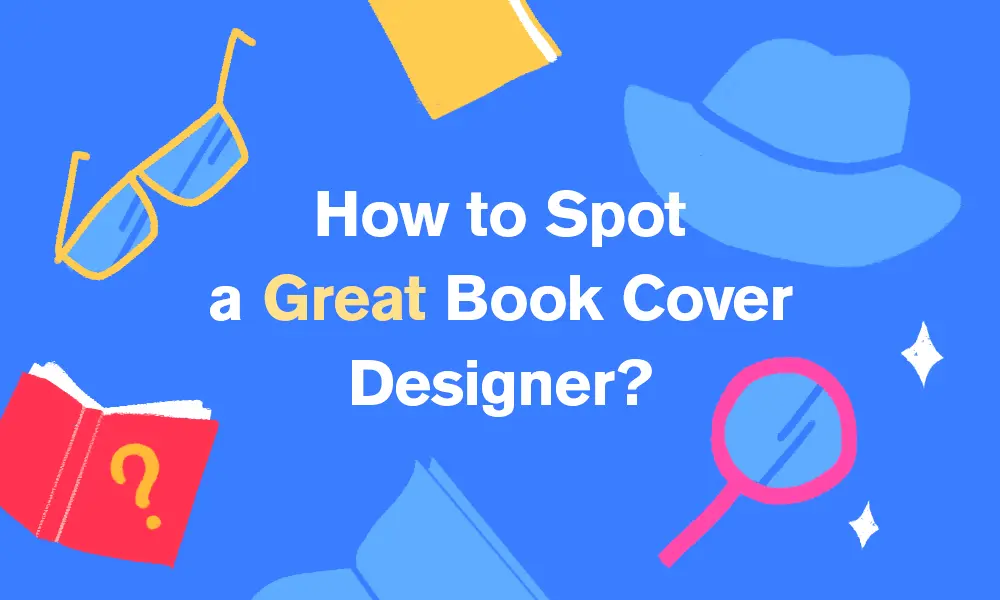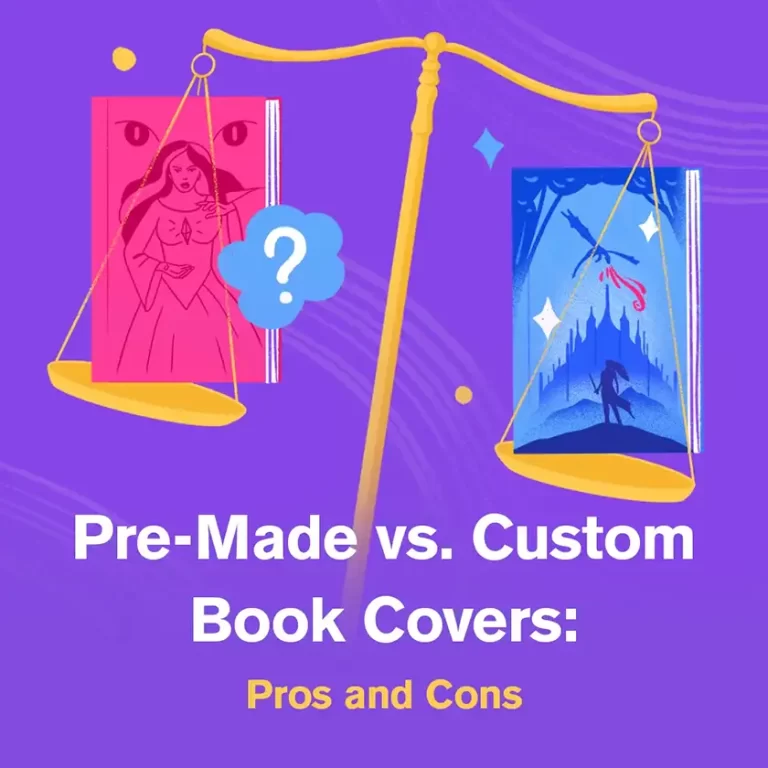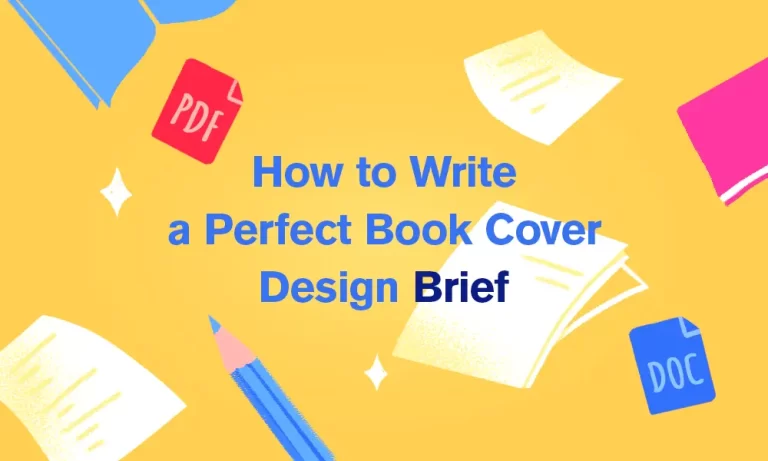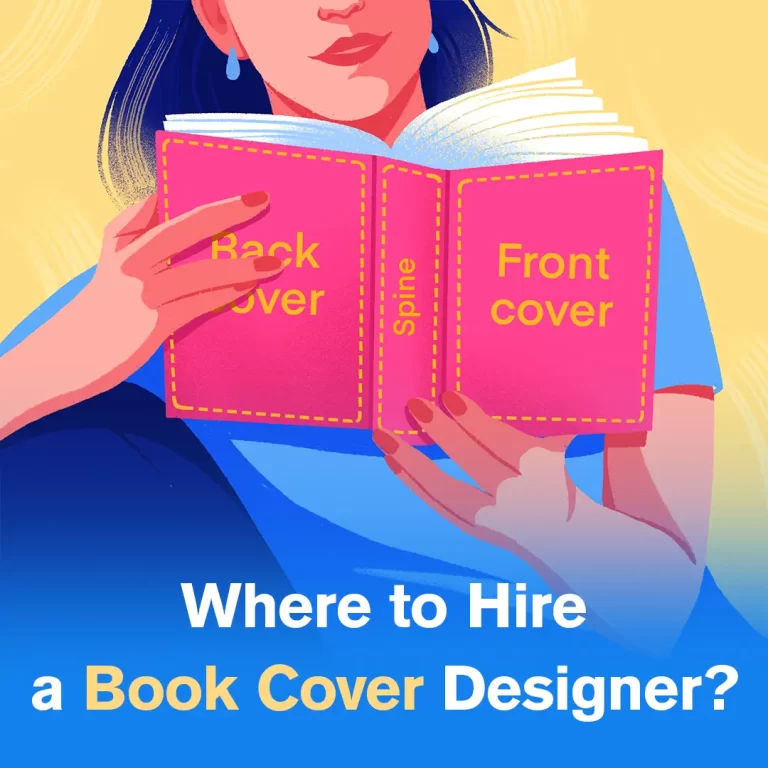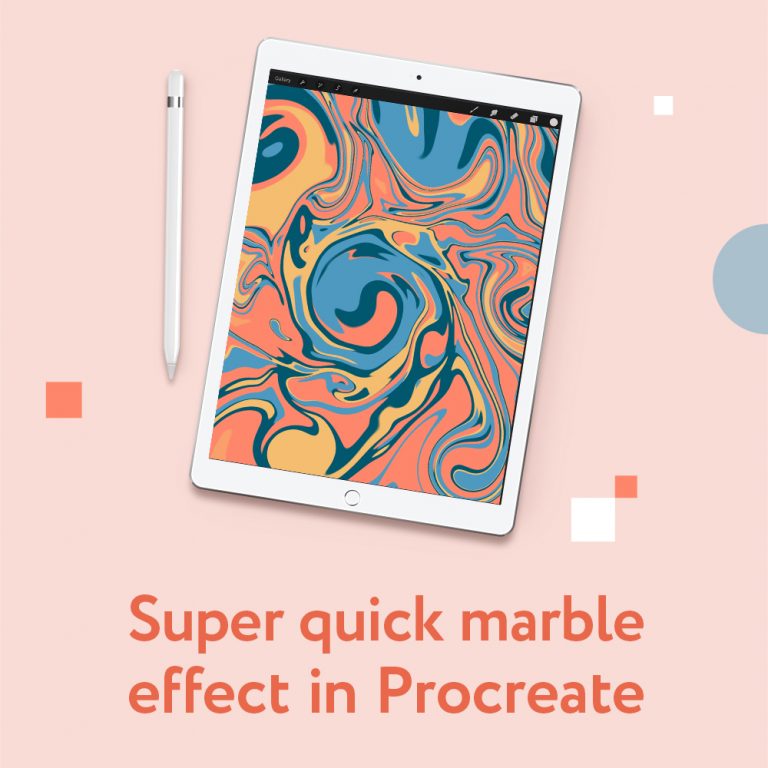How to Spot a Great Book Cover Designer
If you’re a writer looking for an artist to create a standout book cover for you, choosing the right specialist is really important. With so many designers and illustrators out there, it may even get a bit overwhelming. Because simply picking the first artist whose work you like might not be the best move.
There are red flags you should watch out for when selecting the person who will be responsible for the face of your novel. Just as there are green flags that can give you confidence in the designer/illustrator you want to hire.
In this article, I’ll cover these key nuances to help you make the right choice.
Key Signs of a Great Book Cover Designer
When you consider hiring a book cover specialist you must start with their portfolio. This is the most revealing element that reflects the amount of work they’ve done, their artistic style, their past accomplishments. But that’s not the only thing you should check.

Let me explain the key factors you should analyze when evaluating a book cover designer.
Impressive Genre-Specific Portfolio
The first thing to check is whether their portfolio matches with your book’s genre. If you write horror stories, you’ll naturally want to work with a designer who specializes in this genre as well. Asking a children illustrator to make you a dark, eerie cover might be not the best idea. Their style should be complimentary with your niche, and their visuals should enhance your book’s vibe.
Also, a great specialist should have sufficient number of actual book covers in their portfolio, not just general artwork. All artists start with artwork in general, but designing covers requires additional skills. Pretty illustrations are not enough.
Which brings us to the next key trait of a great book cover designer.
Strong Graphic Design Skills

Creating visually appealing artwork is just one part of designing a book cover. A great designer must also understand typography, know the principles of cover composition, and how various elements work together best. This is especially apparent in certain genres like horror, where atmosphere of the layout is crucial.
A professional should be familiar with industry standards and requirements. For example being able to design spines and back covers, and prepare files according to print specifications.
Another good sign is a modern-looking portfolio. A decent part of the covers should incorporate current design trends and it shouldn’t feel outdated.
Proven Experience with Real Books
It’s not uncommon for designers and illustrators to create cover art for books that haven’t been published. Many artists design their own versions of famous covers to showcase their style and show what they are capable of.
I’ve done it too a couple of times when I had free time 😊 Here’s my Lord of the Rings cover interpretation. It was more of a personal project, but it also shows potential clients that I can work in this style.

However, having real, published book covers is a huge plus. A specialist with real examples has the experience working with publishers, agents, writers, etc. This is something you can’t get by just creating good looking art. Such experience can save a writer a lot of potential publishing headaches, actually.
Here are a couple of my published book cover designs:
Credible Online Presence
I know that today it’s easier than ever to create a bunch of social media accounts and post art there. Yet, it is still a good thing if you can easily find information about the artist online.

When a designer has their own website or multiple portfolios (such as on Instagram and Behance), it becomes much easier to see what they’ve done recently and check their past projects.
Try Googling me as test – search “Anna Kuptsova” and see what pops up 😉 Most likely, you’ll see my websites AnnaMyStory and AnnaKuptsova, my Instagram Anniko story, or my representative agency, and other socials. They all provide a solid view of my work, so anyone can easily check if they’d like to work with me.
Professional Communication
Professionalism and courtesy in communication is definitely a sign of a great artist. A strong illustrator or designer should always uphold a high standard when communicating with clients.

It’s not the author’s responsibility to know how a cover is created, or how the process is set. An experienced artist should be the one to explain the whole process clearly, or at least how they personally do it.
When I work directly with a writer, I always do my best to give a clear breakdown of how everything works. Starting from the schedule and art delivery stages to a transparent commission fee structure. As I see it – a good designer ensures there’s no room for misunderstandings.
It’s a bit different if you as a writer work through a publishing agency. In that case it’s them who work directly with an artist on your behalf.
Red Flags to Watch Out For

Knowing what to avoid is just as important as knowing what to look for. As a writer, you should be aware of certain red flags when choosing a freelancer for your book cover. Here are some of the biggest ones to watch out for.
Inconsistencies in Portfolio Quality
A major red flag that should alarm you right away is the inconsistency in the artist’s quality of artwork. If you see a portfolio with a mix of mediocre and higher-quality covers, there’s a chance that person is using someone else’s work.

If the inconsistency is especially noticeable in style and quality, this is a tell of AI-generated images. Regardless of your stance on AI “art”, this could mean that person won’t be able to create a cover that is perfectly tailored to your concept and vision.
I’ve seen plenty of portfolios like this, and it’s never a good thing. At the very least you’ll be taking a risk because you won’t know what quality to expect for your own cover.
Use of Generic Stock Images
Stock images are becoming a thing of the past. The industry is turning away from them, and readers seem to prefer custom made illustrations and custom design elements.
If you see a portfolio filled with covers that rely on stock images it’s not a good look. Those images are usually not exclusive and often lack originality. They are commonly used in pre-made covers, and quite frankly might make the book look cheap.
I made this review of pros and cons of Pre-Made vs. Custom Book Cover, feel free to check it out.
AI-generated Images

AI-generated images are quickly replacing stock images. And that’s even worse. The use of AI “art” is highly unregulated and questionable. It raises serious ethical, legal, and copyright infringement concerns.
If you notice a designer using AI-generated imagery in their book covers, consider it an instant red flag.
Suspiciously Too-low Pricing
As a writer, you obviously look for the best price when hiring a designer. There are industry-standard rates that give a good idea of what to expect at different price points. I’ve covered this in detail here: How Much Does a Book Cover Design Cost?
But if a designer is offering services far below the market average, it’s a serious red flag.
First of all, a high quality book cover takes time, and time costs money. If the price is suddenly very low, then this person might be doing something that doesn’t take much time at all. So, what could that be? The answer is – AI-generated imagery, or premade templates.
It could also point to inexperience. Some beginner designers under-price themselves just to land a job. And that’s OK, everyone starts with something. But in this case you need to decide if it’s something you want for you book cover, if their skill level meets your needs.
Confusing and Unclear Communication
Another red flag is poor communication. If a designer can’t clearly explain what their process is, their timeline, how the artwork will be delivered, or their exact commission fee for your book, you should avoid such “specialist”.
A person with enough experience knows their process, and has nothing to hide. It actually benefits the artist to set the clear terms upfront, so that the client is happy and the work process is not interrupted.
Therefore, if you ask questions like “How much will a book cover based on my brief costs?” or “When will the cover be ready? ” but the answers are vague or confusing, it’s a cause to pause, honestly.
Unreasonable Payment Terms
Payment terms are something you should be especially cautious about. If a designer you’ve never worked with before insists that you to transfer the full commission fee upfront – that’s a red flag.
Don’t get me wrong – it is reasonable to split the payment into stages. For example, there can be initial prepayment before the designer starts working, then the next payment when color roughs or sketches are provided. And the final payment after the artist shows a preview of the finished cover. That way both parties see the progress.
But if you don’t have reliable recommendations for the artist or you notice other warning signs, I caution you to stay away from such freelancers.
Where to Find a Great Book Cover Designer

You can find talented and experienced book cover designers and illustrators on social media platforms, specialized marketplaces, artist portfolio sites, agencies and studios.
Here’s a detailed guide that can help you: Where to Hire a Professional Book Cover Designer.
In the end it’s not about the place where you find a specialist, it’s about finding the right one for your specific book cover concept.
Questions to Ask Before Hiring
Here are some key questions to ask a book cover designer/illustrator before you decide to hire them. These will help you determine if they have the right skill-set, experience, professional attitude, and whether they understand your needs:
- Do you have experience designing book covers in [your genre]?
- Do you use stock images in your designs?
- Do you use AI-generated images in the final book cover?
- What is the turnaround timeline based on my brief?
- Based on the brief and reference covers, what is the final price?
- How many revisions are included in the price?
- What are your payment terms?
- Will we sign a contract?
- What are the copyright terms for the book cover artwork?
Conclusion
Choosing the right book cover designer can save you both time and money. I hope this guide helps you recognize key red flags to avoid “bad actors” and gives you the insight to identify a truly great designer.

